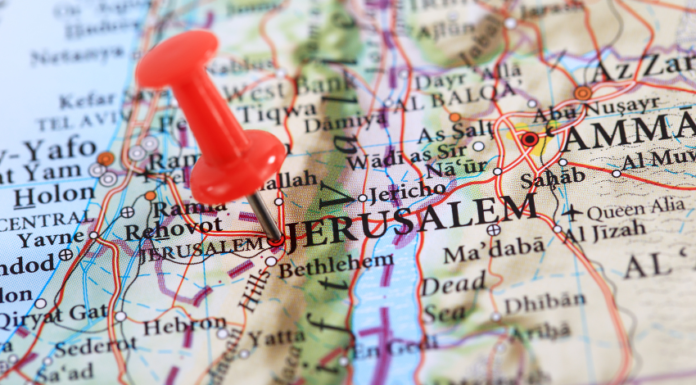Jerusalem, often referred to as the “City of Peace,” is a place where history, religion, and culture converge in a way that few other cities in the world can match. With a history spanning over 3,000 years, Jerusalem is a city that holds deep spiritual significance for millions of people across the globe. From its ancient streets to its modern neighborhoods, Jerusalem is a living testament to the enduring spirit of its people and the rich tapestry of its past.
A City Steeped in History
Jerusalem’s history is as complex as it is fascinating. As one of the oldest cities in the world, it has been the center of numerous civilizations and empires, each leaving its mark on the city’s landscape and culture. From the ancient Canaanites and Israelites to the Romans, Byzantines, and Ottomans, Jerusalem has been a crossroads of civilizations, each contributing to its rich and diverse history.
The Religious Heart of the World
Jerusalem is considered one of the holiest cities in the world, sacred to three major monotheistic religions: Judaism, Christianity, and Islam.
- Judaism: The Western Wall, also known as the Kotel, is the last remaining structure of the Second Temple and is the holiest site in Judaism. It is a place of prayer and pilgrimage for Jews from all over the world.
- Christianity: The Church of the Holy Sepulchre is believed to be the site of Jesus Christ’s crucifixion, burial, and resurrection. It is one of the most significant pilgrimage sites for Christians.
- Islam: The Al-Aqsa Mosque and the Dome of the Rock are among the most revered sites in Islam. The Dome of the Rock is believed to be the spot from which the Prophet Muhammad ascended to heaven during the Night Journey.
Cultural Diversity
Jerusalem’s cultural diversity is one of its most defining features. The city is home to a mosaic of communities, including Jews, Christians, Muslims, and Armenians, each with its own unique traditions, languages, and customs. This diversity is reflected in the city’s vibrant markets, diverse cuisine, and rich artistic traditions.
The Old City: A Journey Through Time
The Old City of Jerusalem is a UNESCO World Heritage Site and one of the most iconic areas of the city. Enclosed by ancient walls, the Old City is divided into four quarters: Jewish, Christian, Muslim, and Armenian. Each quarter has its own distinct character and is home to some of the city’s most important religious and historical sites.
- The Jewish Quarter is home to the Western Wall and numerous synagogues.
- The Christian Quarter houses the Church of the Holy Sepulchre and the Via Dolorosa, the path that Jesus is believed to have walked on the way to his crucifixion.
- The Muslim Quarter contains the bustling markets of the Arab Souk and the Al-Aqsa Mosque.
- The Armenian Quarter is known for its beautiful churches and the Armenian Patriarchate.
Modern Jerusalem
While Jerusalem is deeply rooted in its past, it is also a modern and vibrant city. The western part of the city, often referred to as West Jerusalem, is characterized by its bustling streets, modern architecture, and cultural institutions. The city is home to several universities, museums, and theaters, making it a center of education and culture in Israel.
Challenges and Hopes for the Future
Jerusalem is a city that has seen its share of conflicts and tensions, particularly related to its political and religious significance. The city’s status remains one of the most sensitive issues in the Israeli-Palestinian conflict. Despite these challenges, many people in Jerusalem and around the world hope for a future where the city can truly live up to its name as a place of peace.
Conclusion: The Soul of Jerusalem
Jerusalem is more than just a city; it is a symbol of faith, history, and resilience. Its streets tell stories of ancient prophets, kings, and empires, while its people embody the spirit of survival and hope. Whether you visit Jerusalem for its religious significance, its historical sites, or its cultural richness, you will find a city that captivates the heart and soul.


